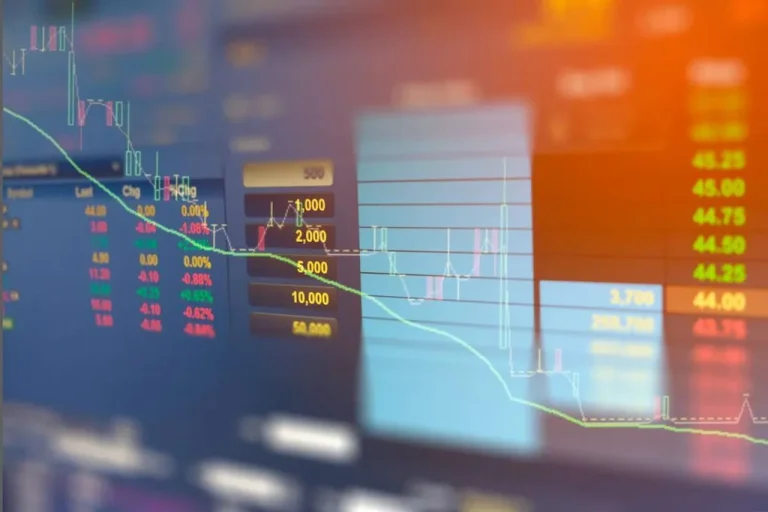One of the most typical guidelines is the so-called “first-in, first-out” (FIFO). Comparable to getting in line on the grocery store, the orders that arrive first are prioritized. One Other approach, «Pro-Rata,» favors larger orders, making certain they get pleasure from a proportionally bigger share of accessible liquidity.
Due To This Fact, it is essential to contemplate your objectives when finding a buying and selling engine that fits your platform’s size and budget. Pro-rata processing prioritises requests which have larger trading volumes. As such, when multiple pending orders have the same value and entry time, the bigger order will get executed first.

How Does The Commerce Matching Engine Work?
Its main function is to guarantee that trades are executed in accordance with predefined guidelines, corresponding to price-time priority. This signifies that the best-priced orders are matched first, and amongst those, the earliest orders take priority. Without the matching engine, the orderly and truthful trading of securities, currencies, or different assets could be impossible. Additionally, our crypto matching engine assist price discovery, which is particularly challenging in decentralized exchanges.

Market Data
For those who’re familiar with typical time scales in buying and selling, 500 µs could be very significant. It can cost $10⁵~ in improvement prices to squeeze out tens of nanoseconds of marginal latency enchancment — all that’s pointless if you’re simply listening to the incorrect feed side. You can see that the B-side is consistently greater than 500 µs behind the A-side.
The matching engine is a cutting-edge expertise that finds counterparts for buy and sell orders in the trading market. It is like an automatic matchmaker that takes under consideration the asset worth, market volume, and overall liquidity to search out the most effective match. Subsequently, this expertise is vital to your platform if you’re launching a brokerage business.
A matching engine is the core technology of a cryptocurrency trade that automatically matches purchase and promote orders in actual time, making certain environment friendly commerce execution and value discovery. Order matching engines are the backbone of modern financial markets, facilitating the seamless execution of trades. Understanding their perform and significance is crucial for every market participant. Although matching engines are often ignored, they stand as a testament to the precision and sophistication underlying trendy trading platforms. A matching engine is the unseen force guaranteeing that the gears of the market turn smoothly, offering traders with the power to transact with velocity, fairness, and effectivity.

Algorithms Behind The Matching Engine
A matching engine is the core software element of any trading venue, liable for processing and matching purchase and promote orders placed by market members. It operates like a highly expert auctioneer, quickly pairing buyers with sellers to ensure that everyone gets the absolute best deal. The buying and selling mechanism on electronic exchanges is a crucial element that has a fantastic impact on the effectivity and liquidity of economic markets. The choice of matching algorithm is a crucial a half of the buying and selling mechanism. The commonest matching algorithms are the Pro-Rata and Price/Time algorithms.
- In the chaos of digital buying and selling, a relaxed, orderly order e-book has changed this.
- Time-Weighted Common Price (TWAP) algorithms divide massive orders into small orders.
- The order guide is crucial for figuring out market depth and providing market individuals with trading information.
- The matching engine is a cutting-edge expertise that finds counterparts for purchase and promote orders in the trading market.
- It is very comparable to a matchmaker, connecting those who wish to purchase with those who want to sell.
Nevertheless, exchanges can nonetheless leverage for arbitrage trades between other exchange places inside milliseconds. Every algorithm serves different purposes and is chosen primarily based on the precise needs of the trading platform and market circumstances. Relying on the venue, gateways may be assigned to particular units of symbols. Gateways may be dedicated one-to-one to a buying and selling participant or shared amongst different individuals.
UDP is a lossy protocol, so this offers AML Risk Assessments redundancy in case packets are dropped in the path. Likewise, load and matching engine latency varies with product, as seen right here. The content of this web site is for informational functions solely and does not symbolize investment advice, or a proposal or solicitation to purchase or promote any security, funding, or product.
In a world where payment and trading providers are totally automated using on-line platforms, the matching engine emerges as a critical piece that holds all brokerage and buying and selling software collectively. Choosing the best matching engine is an important determination for any trading platform, instantly impacting its capability to operate successfully and meet users’ demands. This selection involves a number of key concerns, every of which have to be fastidiously evaluated to make sure the engine helps the platform’s present needs and future progress and enlargement. Here, we delve deeper into the important components to assume about when choosing a matching engine. Whereas matching engines promote market effectivity, additionally they want strong safeguards to prevent market manipulation, corresponding to quote stuffing or spoofing.
Decentralized means that the engine runs throughout a peer to see (p2p) community devoid of a central server. Databento makes it even simpler to get knowledge https://www.xcritical.com/ with PCAP-level granularity by offering normalized MBO (L3) information that is enriched with up to four timestamps. Since the A and B feeds need to be printed by separate subcomponents of the matching engine, their latencies will often differ.

